Officials unveil the restored exterior panels of The Adoration of the Mystic Lamb, an altarpiece painted by the Van Eyck brothers in 1432, at Saint Bavo Cathedral in Ghent, Belgium on October 12, 2016. Photo credit EMMANUEL DUNAND/AFP/Getty Images.
Flemish painter Jan van Eyck (1390 – 1441) was one of the key artists of the Early Northern Renaissance. His technical brilliance and mastery of formal composition contributed to his reputation as one of the innovators of Early Netherlandish painting, while his art served as a model to generations of painters both North and South of the Alps. Ready to learn more about him?
1. There is a rumor that he invented oil painting
Giorgio Vasari, (the main source of art history gossip from the 16th century) in his famous Lives of the Most Excellent Painters, Sculptors, and Architects claimed that Van Eyck invented oil painting. Although nowadays it is proven to be a myth, Van Eyck definitely contributed to a revolution in art, switching from egg paint (tempera) to much richer and deeper colors available in oil paint. Moreover, he perfected the oil painting by applying several thin translucent layers of paint to the panels, which eventually created a unique illusion of depth.
Read the original article here… and return to discuss on artistvenu below


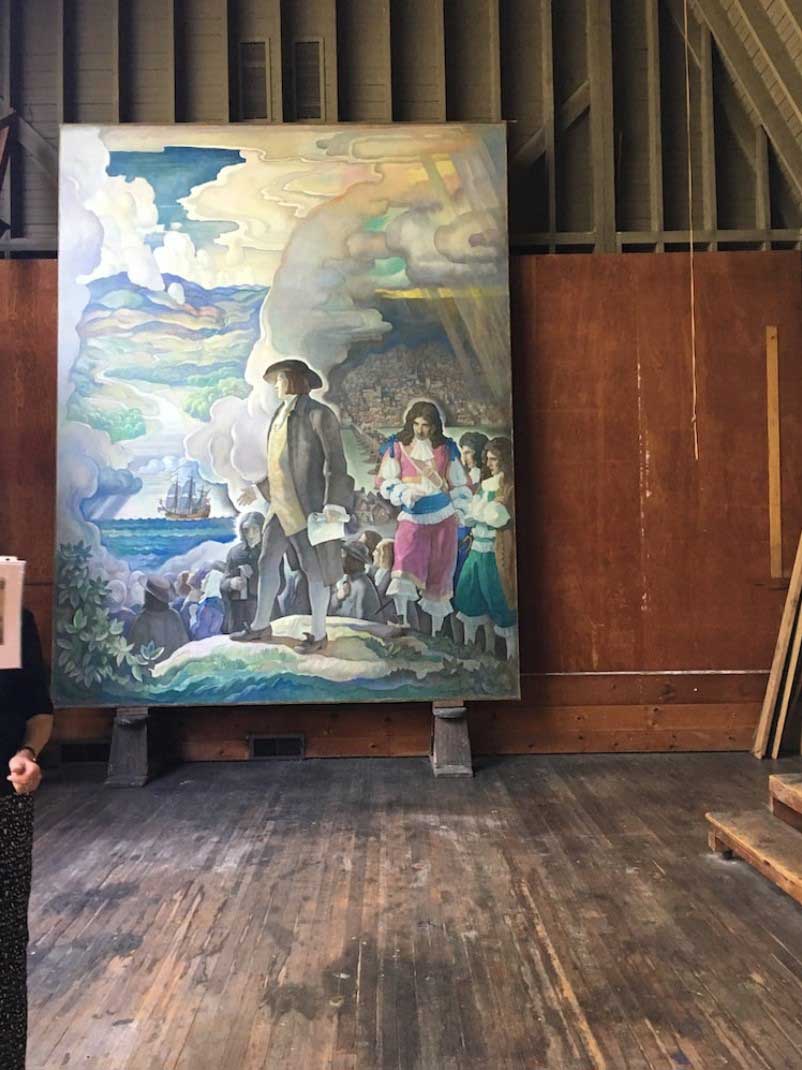


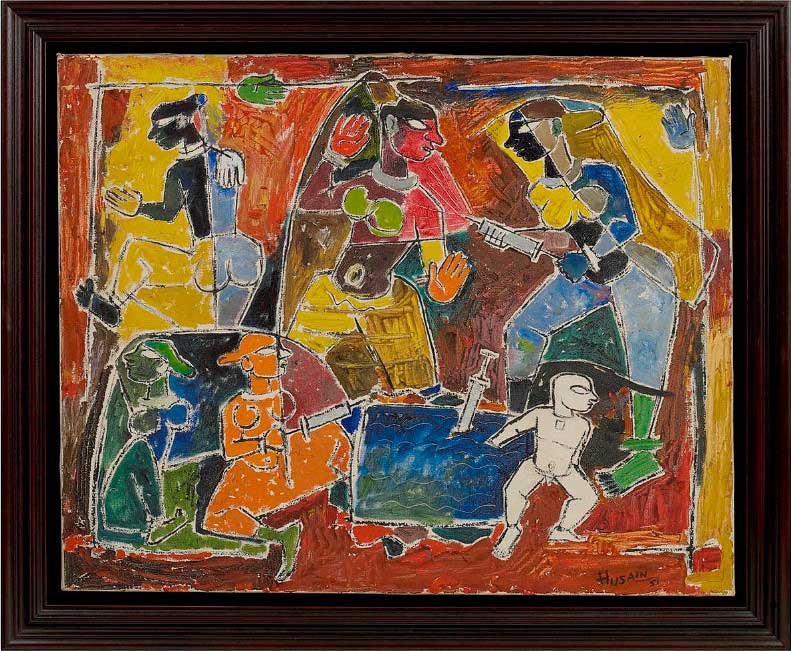
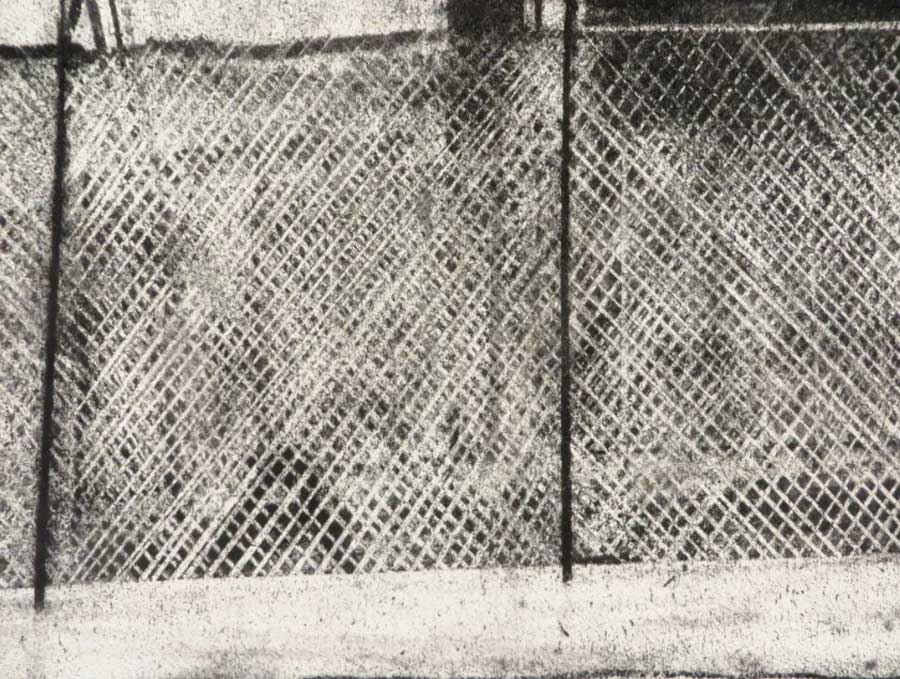

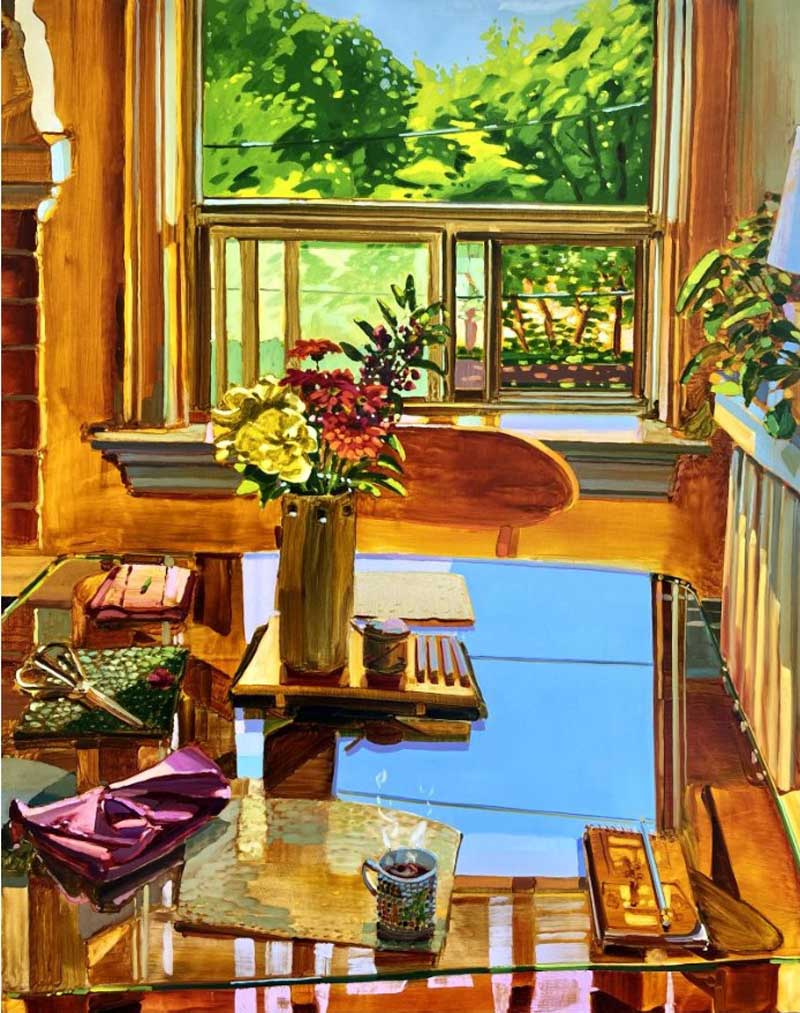
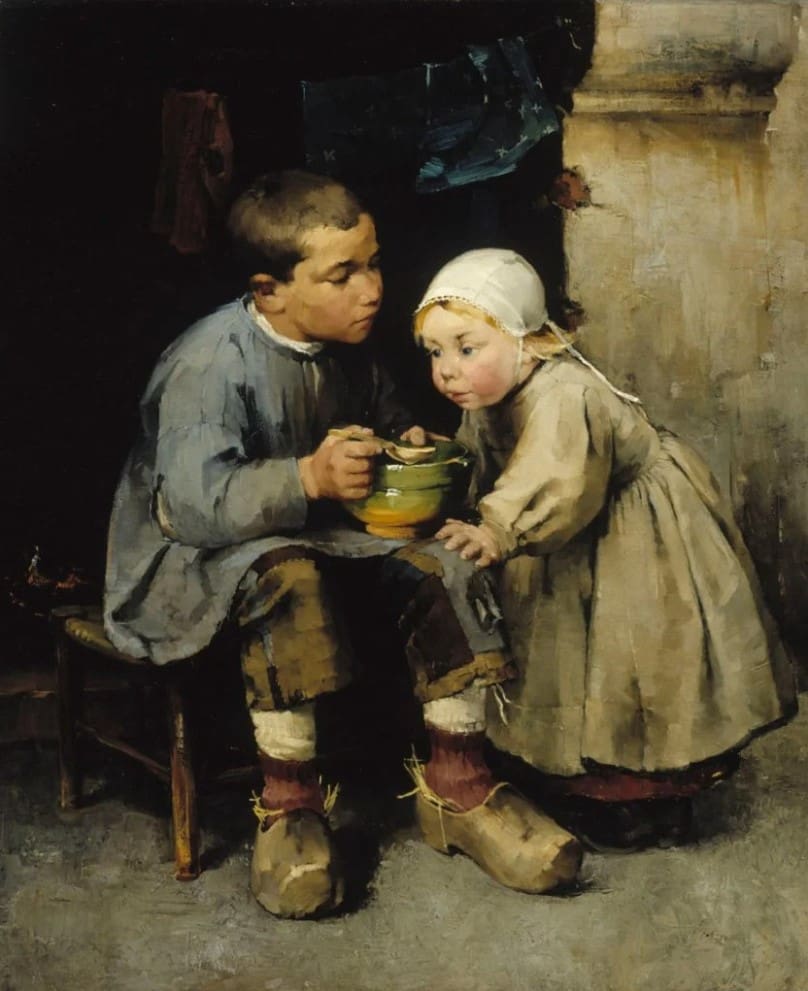





![Artist Shares Secrets of How To Draw Incredibly Realistic Portraits [Interview]](https://artistvenu.studio/wp-content/uploads/2023/12/Screenshot_242-150x150.jpg)
